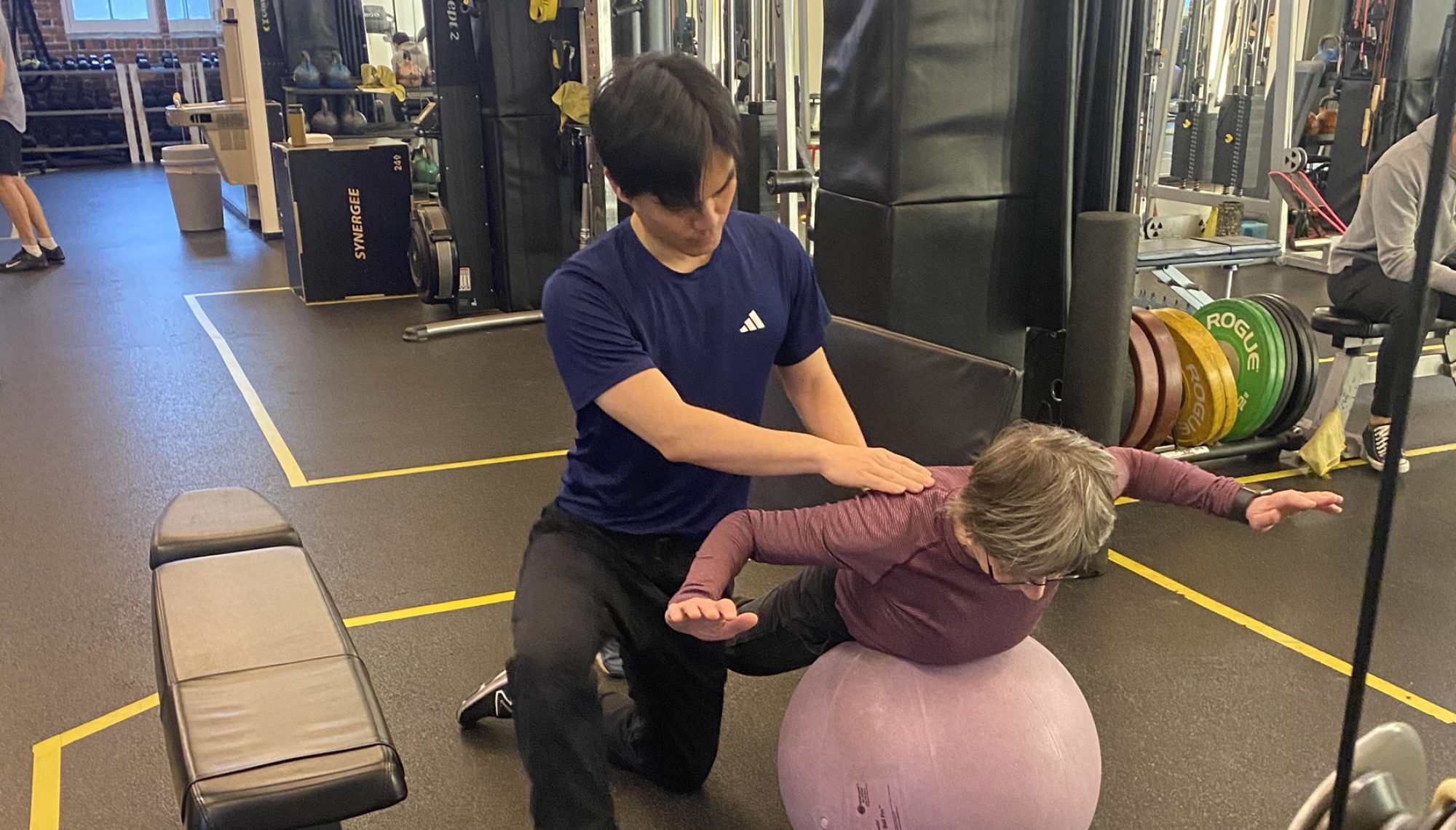Upper Cross Syndrome (UCS) is a common postural condition caused by an imbalance between tight and elongated muscles in the upper body. Often leading to a kyphotic (rounded upper back) posture, UCS can result in discomfort and mobility issues if left unaddressed. Correcting this condition requires a thoughtful approach to training.
In this two-part series, we’ll explore the importance of understanding UCS and how endurance-based training can effectively improve posture.








